Why It Takes So Much Time For A Woman To Recover After Childbirth
Understanding the healing process and factors that influence postpartum restoration for moms.

Image: Shutterstock
Pregnancy and childbirth are undoubtedly magical moments in any mother’s life. However, this magic can take a toll on your body, leaving it way out of shape than you’d want it to be. Restoring your body to its original self (slim and fit or just the natural shape of the body before childbirth) can take a lot of time.
In this article, we’ll delve into all the changes your body experiences during labor and how much time it can take for it to correct those changes-
1. Abdomen
When you’re pregnant, the subcutaneous fat on the belly helps in protecting your child from external elements (the fat that is situated under the skin). Post-childbirth, this fat can seem loose and excessive, especially if you gained a lot of kilos during pregnancy. This extra belly fat will start reducing on its own 6 to 8 weeks after labor (although this duration can increase if you had a C-section). That being said, you will have to exercise your abdominal muscles regularly for them to restore fully. This can take up to 1-2 years of moderate exercise.
2. Breasts
The formation of breast milk is responsible for increasing your breast size during and immediately after pregnancy (1). Muscles and ligaments in your breasts, however, are unable to support this size as the weight of your breasts rises by 2 to 3 times. This causes your breasts to sag.
Restoring sagging breasts can be a time-consuming process, one that’s directly related to your age. For example, younger mothers are able to firm up their breasts quicker after pregnancy as compared to those that had their baby at a later age.
Although you can’t get your original breast shape back, you can still get great improvements if you exercise regularly. Also, take care of your diet and make sure you wear a supportive bra.
3. Musculoskeletal System
Your musculoskeletal system faces a lot of pressure and stress when you’re pregnant. The increased load (read: the baby) you carry around can be blamed for this. Another factor is the production of a hormone known as relaxin, which maintains the elasticity of the muscles and ligaments in your vertebrae (2).
Both these factors combined alter the muscles present in your back along with your spine, pelvic bone, and joints. Your spine can also shift during pregnancy, leading to extra stress in this region. Generally, after labor, your musculoskeletal system goes back to normal within 3-4 months. Although, you may need to do specific exercises to strengthen the muscles in your back as you may suffer from back pain.
4. Uterus
Perhaps, the body part that takes the most beating during childbirth is your uterus. The uterus changes drastically post labor with a dramatic increase in its weight – from 40 g for a woman who has never given birth to 80 g to one who has (3). In fact, right after childbirth, your uterus can weigh as much as 1000 g!
Nine or ten days after childbirth, your uterus starts to completely heal itself. However, you experience bleeding during the first week. This is usually nothing to worry about. Your uterus contractions continue normally after that and within two months of delivery, your uterus will go back to its original weight and size.
5. Cervix
Like your uterus, your cervix experiences drastic changes too, during and after delivery. Immediately after the delivery, your cervix remains dilated (about 10 cm) and it takes about 6 weeks for it close completely (4). One thing you should know is that the shape of your cervix will change forever after labor. It’ll lose its conical shape and become cylindrical instead. Obviously, this doesn’t happen if you opt for a C-section.
6. Menstrual Cycle
Since you haven’t had periods for 9 months, it can take a while for your cycle to become regular again. Certain factors can affect the restoration of your menstrual cycle too, such as your age, diet, complications during pregnancy, diseases, your sleep cycle, etc. (5).
If you breastfeed (and if you don’t), you can generally expect your first period 5-6 weeks after delivery (6). However, the cycles won’t be regular and will only normalize once you’re done breastfeeding. This can take up to a year.
7. Genitalia
If you opt for a natural (also called normal) delivery, the muscles down there will stretch out. That being said, you don’t have to worry about it becoming loose forever. What happens after childbirth is that the walls of your vulva become smooth, which gives the illusion that it has become bigger. The muscles of your vajayjay will contract and restore to their original size 6-8 weeks after you give birth (7).
8. Emotional Issues
Postpartum depression is very much real and can cause anxiety, mood swings as well as fatigue (8). Add to that the constant baby duty you’re on, your psychomotor reactions can take a hit, which means you won’t be able to think and respond correctly. At this stage, you shouldn’t be too harsh on yourself and should seek support from your loved ones as well as your doctor.
To restore your body to its pre-pregnancy state, you have to be patient and put in due effort. It takes time and effort to become fit again. Don’t worry, you are a rockstar! Are you a mother? What are the changes that you went through, post-pregnancy? Let us know in the comments below.


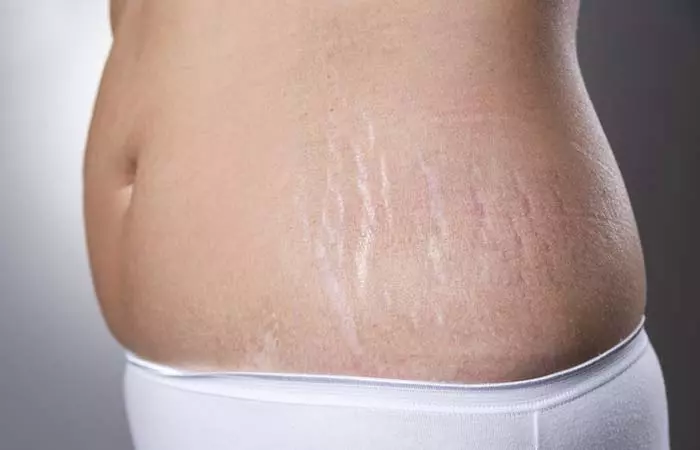


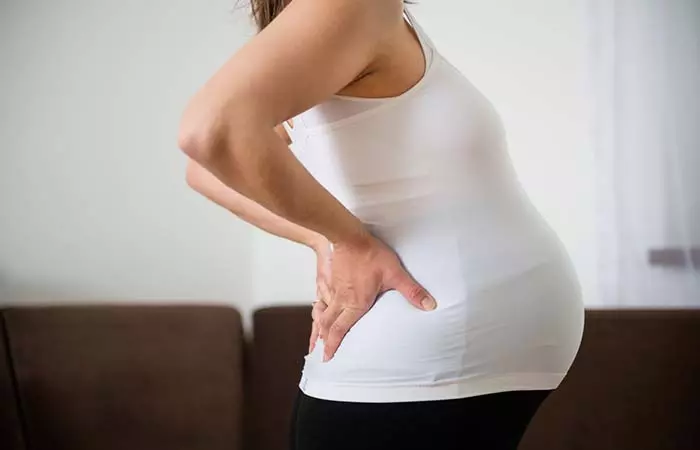
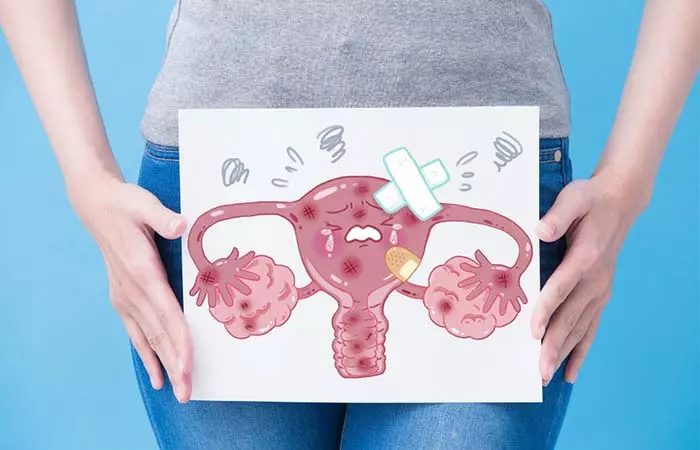

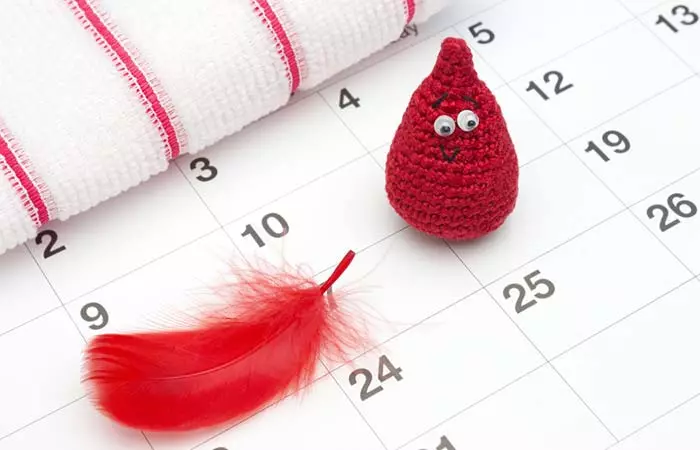
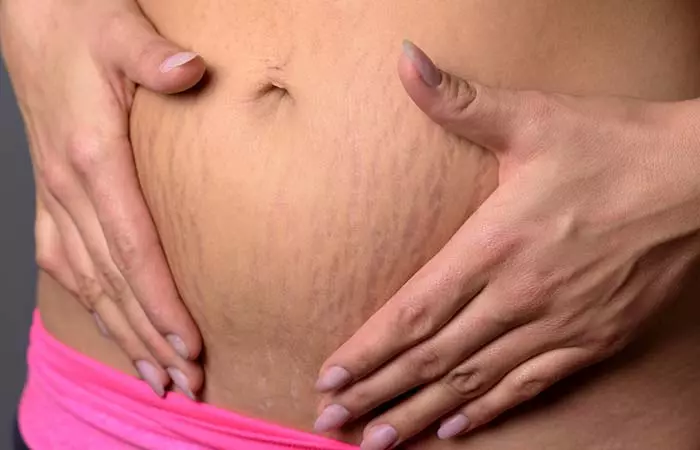

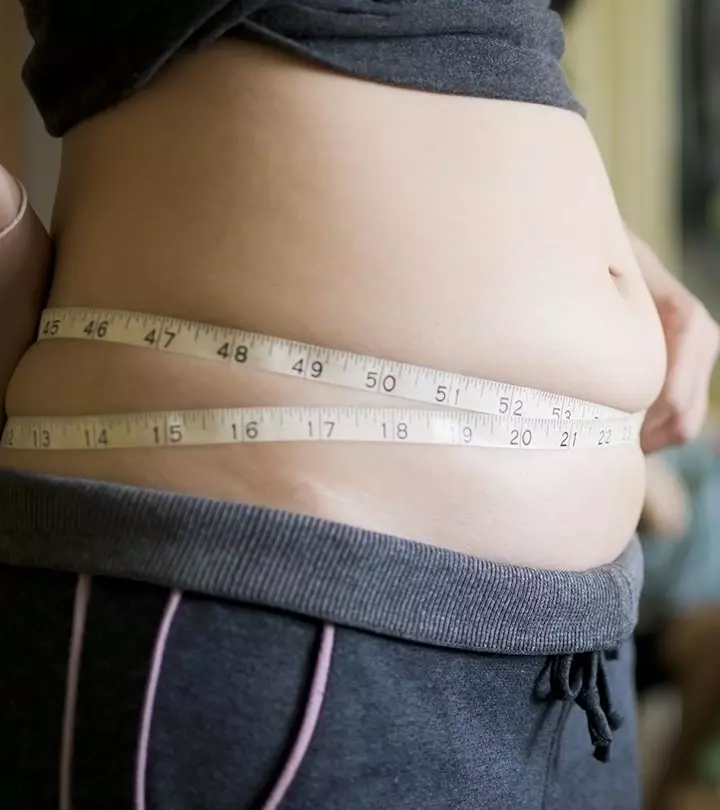

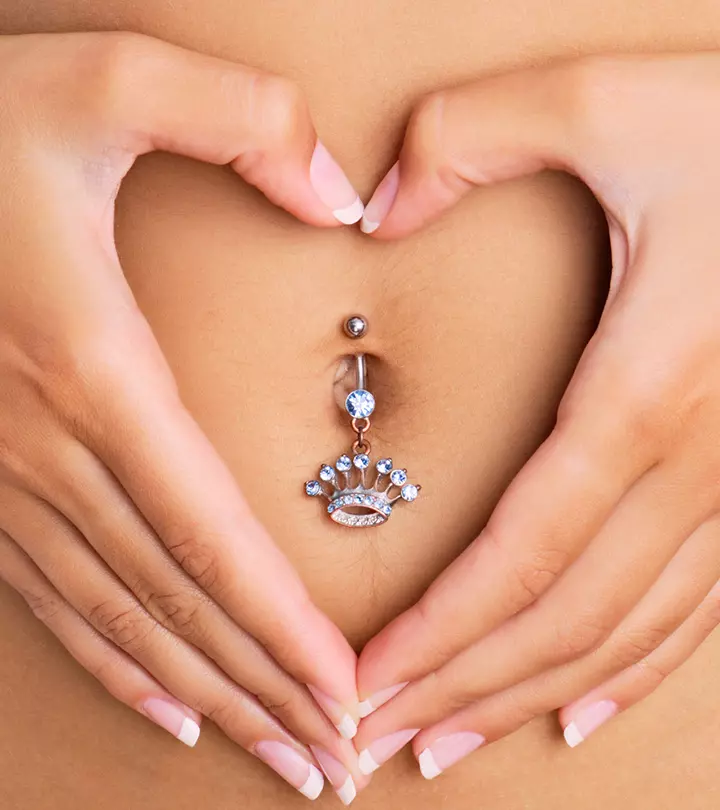
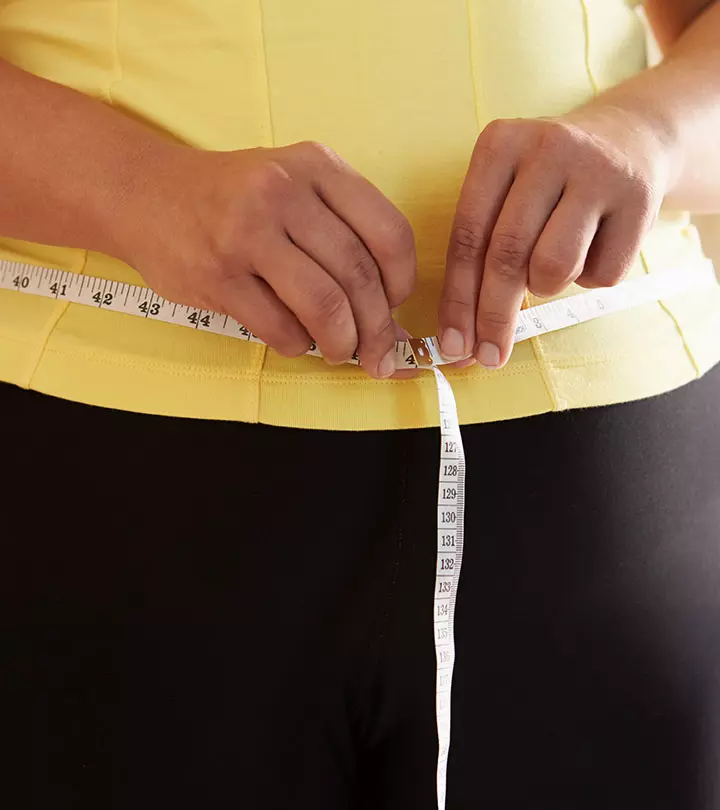











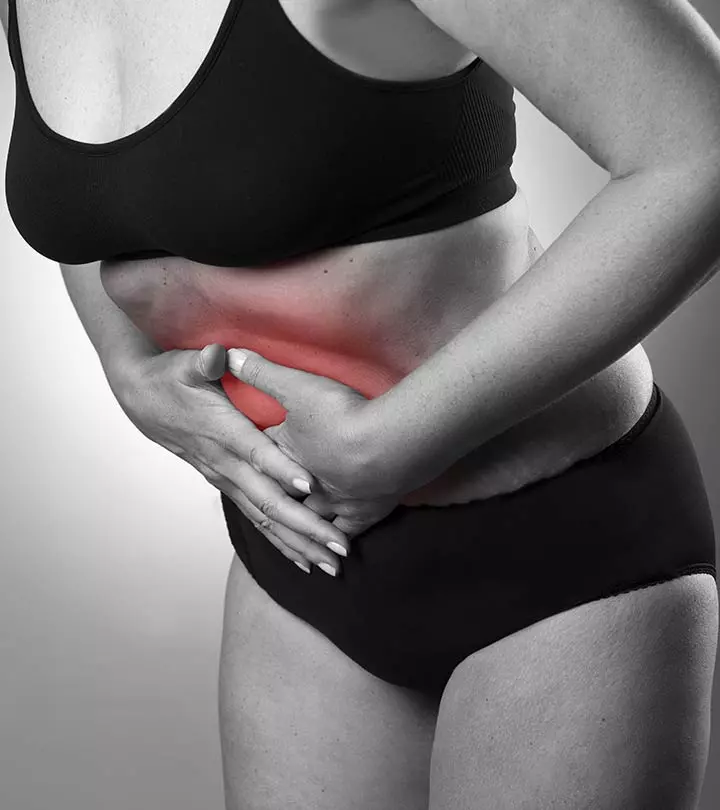






Community Experiences
Join the conversation and become a part of our empowering community! Share your stories, experiences, and insights to connect with other beauty, lifestyle, and health enthusiasts.